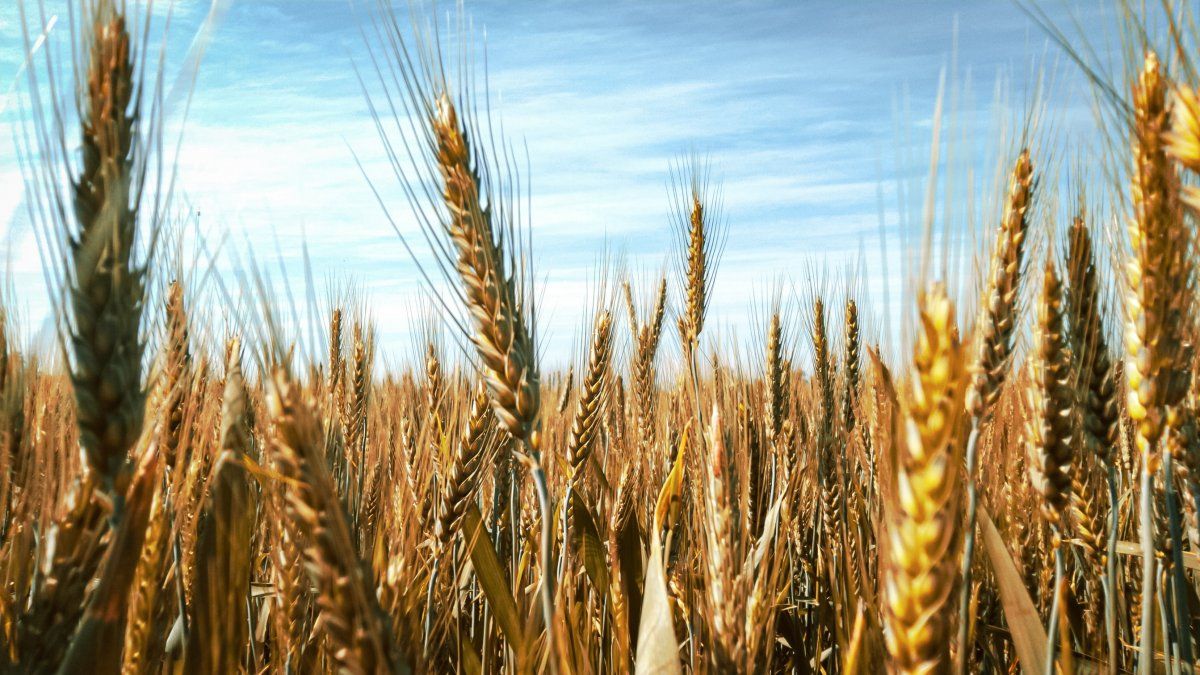All this, however, would be neutralized by the good perspective that climate analysis throws up.
“If it materializes, it would constitute a record harvest for the history of the cereal. The estimated volume takes into account area losses of around 200,000 hectares and the national average yield of the last 5 years: 31 qq / ha. So it is easy to see that the wheat could even exceed 21.5 Mt but also that the bad scenario would place it at 18 Mt. The cards that the rains play from now on will give the answer “, indicated the technicians of the Rosario Stock Exchange.
Specialists say that the first thing that plays in favor is the great supply of water that both the south and the center of the Pampas region received last month. The province of La Pampa and a good part of Buenos Aires, east of Córdoba and north of Santa Fe, together with Chaco and Santiago del Estero, start with conditions that stand out when compared with the historical average of the last 30 years.
“There is a clear difference with respect to what happened last year, when at this point there were almost two months without significant rains in Córdoba and in a good part of Santa Fe and in the north of the country. This is a great advantage ”, indicated the technicians.
The accumulated surpluses in much of the Pampas region surpassed the monthly averages and replaced the profiles, after a summer marked by the lack of water.
However, May contains an unknown: “There are many areas that need between 50 and 80 mm. In the first fortnight there would be no new contributions and the odds are against so that the remainder of May,” they argued.

 –
–

